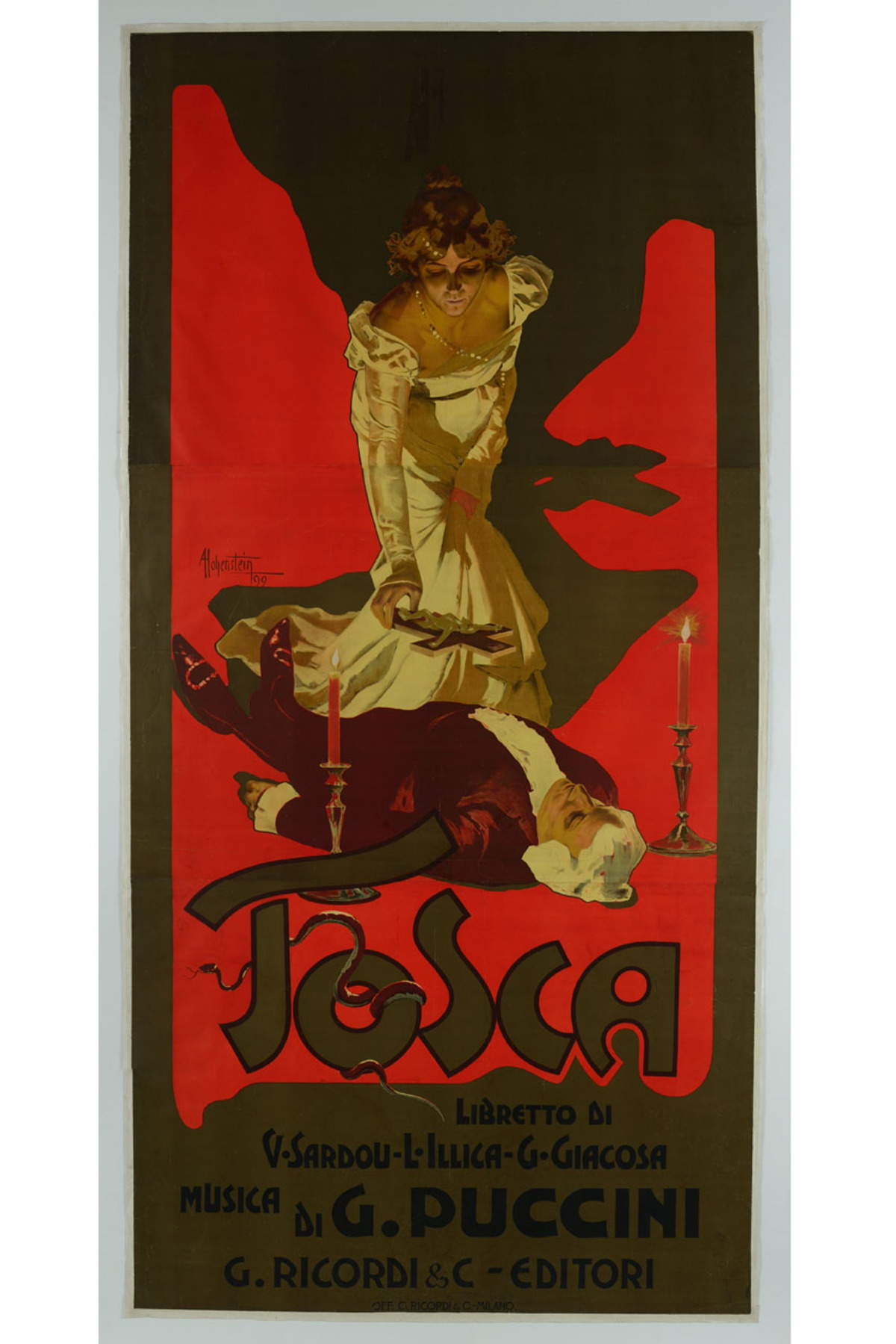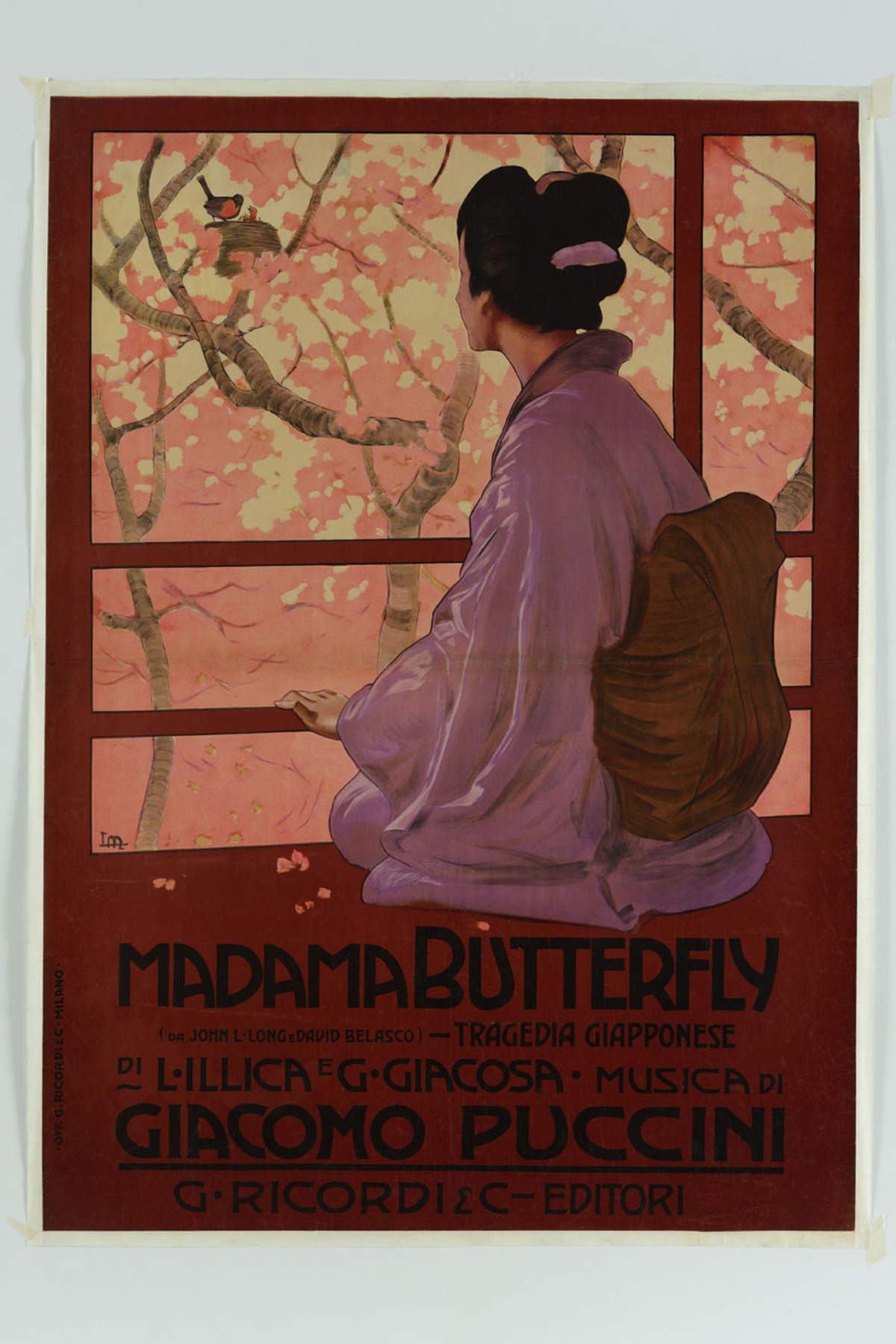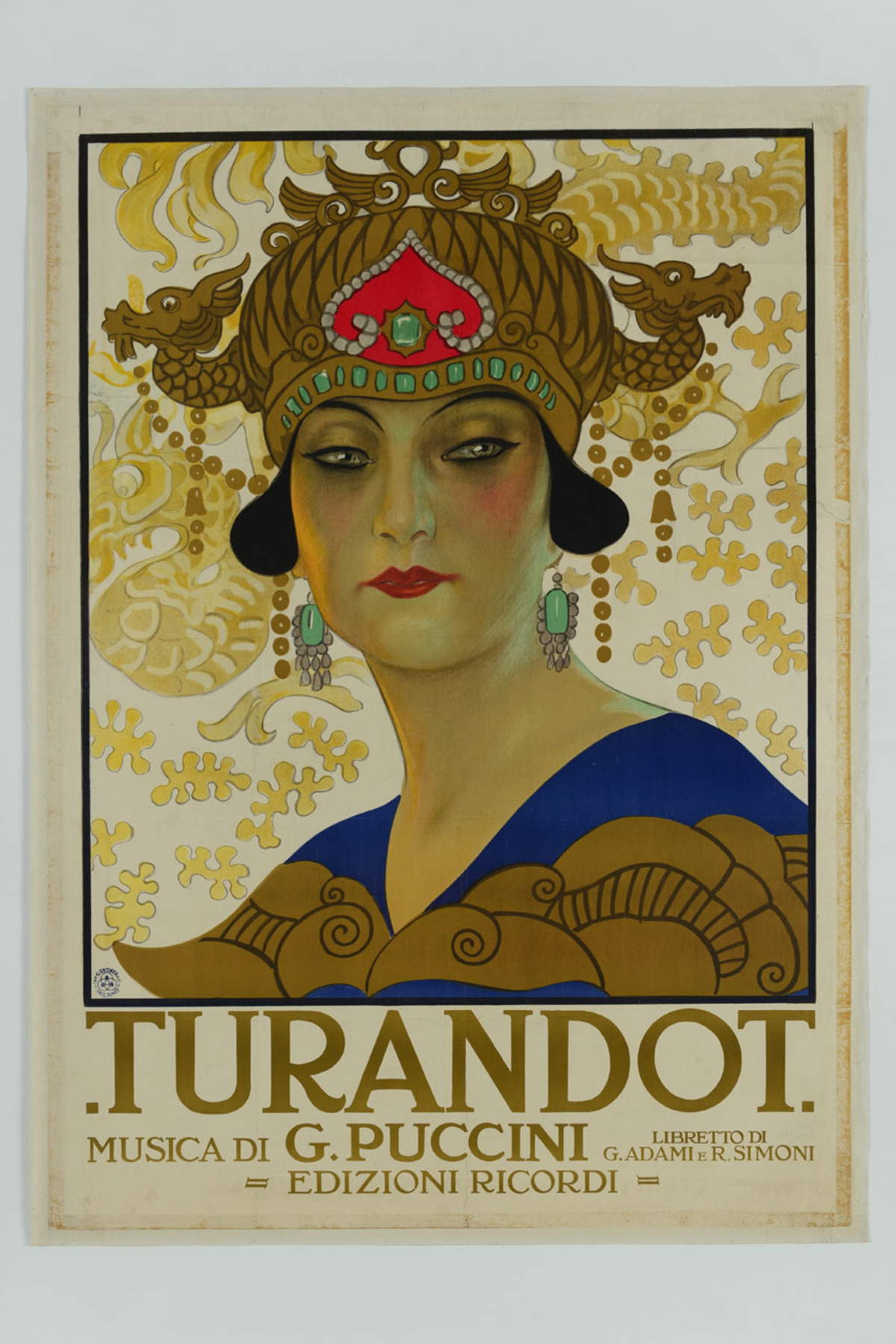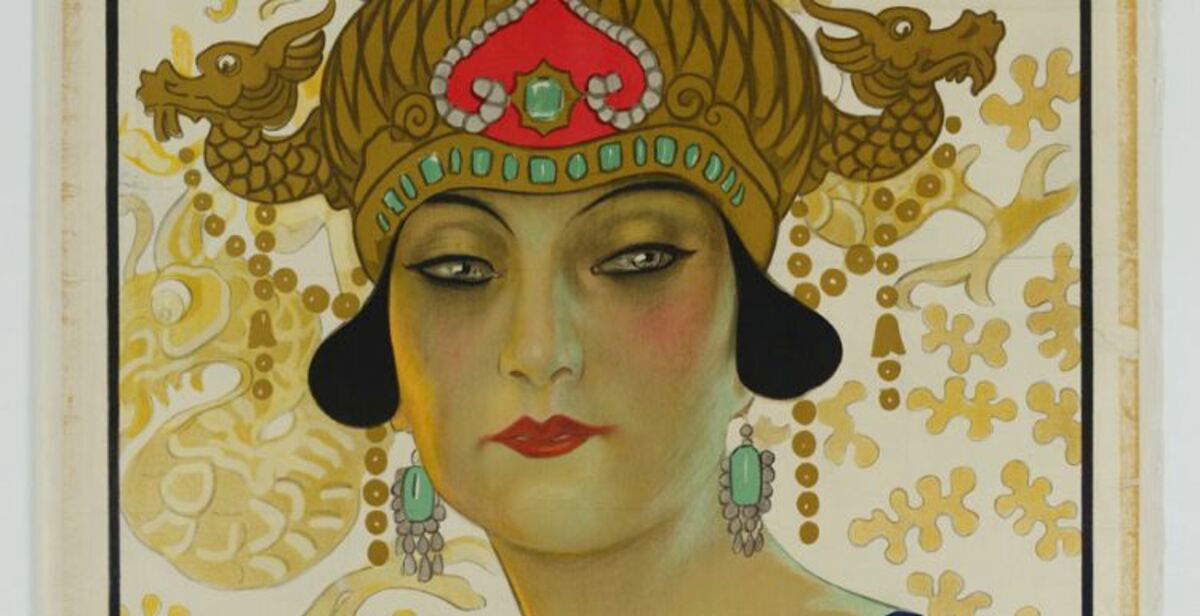At Treviso, the National Museum Collezione Salce dedicates an exhibition to Giacomo Puccini, evoking the visual and advertising universe that accompanied his extraordinary operatic output. The exhibition, titled The Colors of Music. Giacomo Puccini and the Art of Advertising, will be on view at the Santa Margherita venue from April 19 to July 6, 2025. Curated by Simone Pellico, the exhibition is part of the initiatives promoted on the occasion of the centenary of the death of the composer from Lucca, who died in 1924, and represents an important step in the calendar of national cultural events.
The project originates from the Giacomo Puccini Manifesto exhibition, staged in Lucca between November 2024 and March 2025, where a number of posters from the Salce Collection itself had been exhibited, on loan to pay tribute to one of the greatest composers in the history of music. Now those materials return to Treviso, enriched by a new exhibition itinerary that allows the public to rediscover, in their original location, the graphic works that accompanied the spread of Puccini’s opera in Europe. The posters on display tell not only the storylines of the operas, the faces of the performers and the scenic richness of the performances, but also open a window on the historical and social context in which those productions took shape. It is the visual face of an era traversed by industrial ferment, technological progress and great artistic aspirations. In that changing world, opera became a mass cultural phenomenon, and the poster was its privileged vehicle.
“Once again,” stresses director Elisabetta Pasqualin, “thanks to the wealth of posters collected by Nando Salce, it has been possible to reconstruct a path that, in addition to recounting the complexity of the figure of Giacomo Puccini and his world, illustrates an important phase in the cultural, but also economic and social history of our country.”

The exhibition is divided into four sections, or acts, which mark the relationship between Puccini and the language of advertising, but also its influence on the visual imagery of the time. The first act, Puccini’s Operas, is devoted to posters promoting his compositions, from Edgar of 1889 to Turandot, the unfinished opera of 1926. The exhibition features rare original posters, including the iconic one with a portrait of soprano Rosa Raisa, the historical performer of the oriental princess. The graphic works not only illustrate the evolution of the visual language related to opera, but also restore the artistic climate of the late 19th and early 20th centuries, marked by the contamination of figurative arts, theater and music. In the second act, Oltre Puccini, the focus shifts to the protagonists of advertising poster art of the time. These are graphic designers, illustrators and artists who helped define the visual style of promotional campaigns related to opera. The section offers an overview of the history of contemporary advertising graphics, emphasizing how the poster became not only a communication tool, but a true art form. The third act, Beyond Opera, expands the look at the ties, including personal and professional ones, that Puccini had with other artists. Posters and visual materials signed by illustrators and graphic designers who shared a common path with the composer, made up of friendships, collaborations and mutual influences, appear in the exhibition. It is a tale of a cultural network, of a creative system in which music merged with the visual arts in a natural way. The fourth and final act, Puccini testimonial, reveals a lesser-known but surprisingly modern aspect of the composer’s figure: his presence within commercial advertising. Indeed, some posters testify to Puccini’s relationships with brands of products such as automobiles, hats, tires, and pens. His face and name become promotional tools, symbols of elegance and modernity. An anticipation, almost unconscious, of the culture of image and celebrity that would dominate the next century. In this journey through sound and color, the poster establishes itself as an ideal bridge between the stage and the street, between the sophistication of theater and the immediacy of advertising language.


Hours: Friday through Sunday: 10 a.m. to 6 p.m. (last admission 5:30 p.m.)
Tickets:
Full (valid for both museum venues San Gaetano + Santa Margherita): € 10
Concessionary (18-25 years old): € 2
Free: up to 18 years old
Free admission: first Sunday of the month
 |
| Treviso, an exhibition on Puccini and the art of advertising at the Salce Collection National Museum |
Warning: the translation into English of the original Italian article was created using automatic tools. We undertake to review all articles, but we do not guarantee the total absence of inaccuracies in the translation due to the program. You can find the original by clicking on the ITA button. If you find any mistake,please contact us.